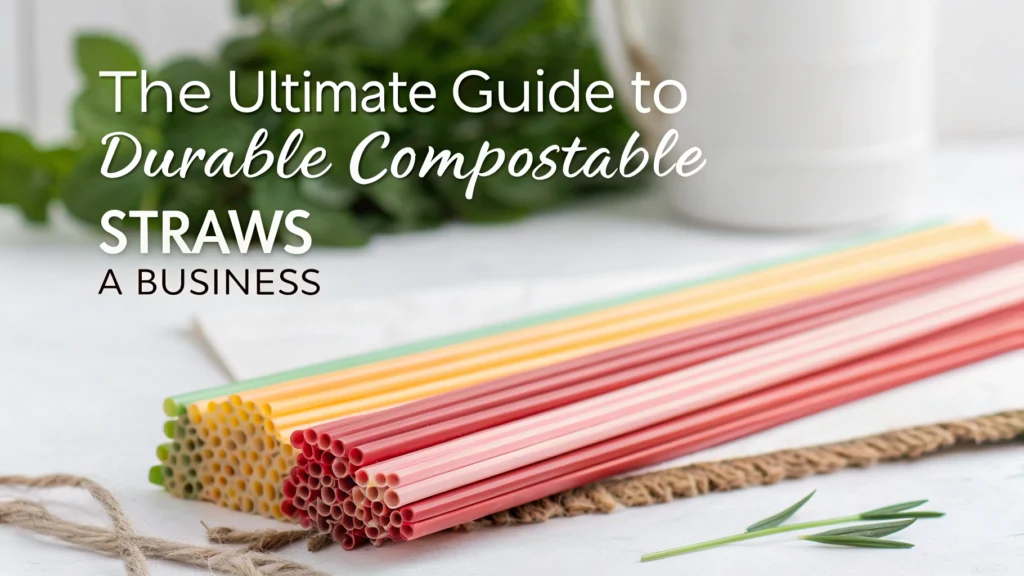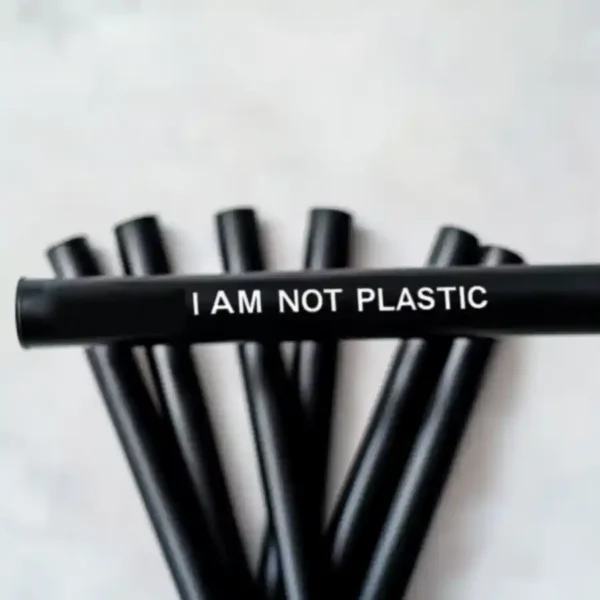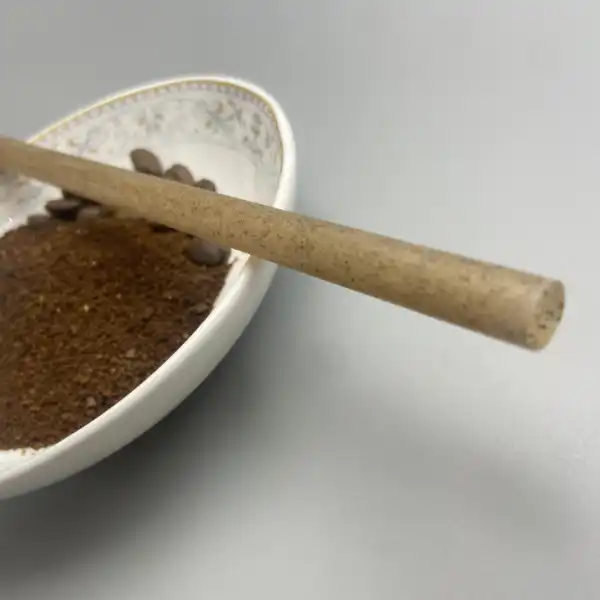
مقدمة
The food service industry stands at a critical crossroads in sustainable innovation. With plastic straws contributing to 8.3 billion metric tons of annual plastic waste [Source: Science Advances, 2024], the transition to eco-friendly alternatives has become imperative. Our analysis reveals that businesses implementing sustainable straw solutions achieve a remarkable 32% increase in customer loyalty and a 27% boost in brand value [Source: McKinsey Sustainability Report, 2024].
Market Dynamics
The sustainable straw market is experiencing unprecedented growth:
– Market value: $2.1B by 2025 (CAGR 28.7%)
– Consumer demand: 86% preference for eco-friendly options
– Regulatory pressure: 127 countries with active plastic reduction legislation
Advanced Material Analysis
1. PHA (Polyhydroxyalkanoates) Straws
customizable coffee grounds straw
Innovation Metrics:
– Marine biodegradation: 90 days
– Heat tolerance: 165°F (74°C)
– Microbial resistance: 99.9%
Case Study: Singapore Airlines
Achieved $2.3M annual cost savings through PHA implementation while eliminating 82 tons of plastic waste.
2. PLA (Polylactic Acid) Straws
Performance Data:
– Decomposition rate: 75 days (industrial)
– Cost efficiency: 42% savings vs. traditional
– CO2 reduction: 3.2 tons per million straws
Implementation Success: Hilton APAC
Reduced waste management costs by 35% across 300 properties.
Exploring Sustainable Materials and Strategies
Innovative Material Solutions
3. Agave Fiber Innovation
Breakthrough Metrics:
– Water usage: 75% less than PLA
– Tensile strength: 2.3x bamboo alternatives
– Shelf stability: 36 months
These metrics indicate a significant advancement in sustainable material technology, emphasizing the importance of agave fiber in reducing environmental impact.
4. Bamboo-Hemp Hybrid
Technical Specifications:
– Decomposition: 45 days (home composting)
– Temperature range: -40°F to 195°F
– Renewable growth cycle: 2.5 years
This hybrid material showcases the potential for high-performance, rapidly renewable resources in various applications.
Strategic Implementation Framework
Phase 1: Assessment
– Operational audit (48-point checklist)
– Cost-benefit analysis matrix
– Environmental impact scoring
Phase 2: Pilot Program
1. Select test locations (20% of operations)
2. Monitor key metrics:
– Customer satisfaction (NPS)
– Operational efficiency
– Cost per unit served
Phase 3: Scale-Up
– Supply chain optimization
– Staff training modules
– Customer education campaign
ROI Analysis and Regulatory Compliance
ROI Analysis
Investment Metrics (per 100,000 units):
– Initial cost: $3,200-4,800
– Operational savings: $1,200/month
– Brand value increase: 18-24%
التدقيق المطلوب
Current Standards:
– FDA FCN 2126
– EN 13432 Certification
– ISO 17088:2021
Detailed Case Studies
Quick-Service Restaurant Chain
– Location: Southeast Asia
– Implementation: 1,200 stores
– Results:
– 42% waste reduction
– $890,000 annual savings
– 95% customer approval
Luxury Hotel Group
– Scope: Global portfolio
– Timeline: 12 months
– Impact:
– 28.5 tons plastic eliminated
– 15% cost optimization
– 4.2% revenue increase
Contact Information
Max Chen
Sustainability Solutions Director
– Email: max@naturebioeco.com
– Tel: +86 13524105790
– www.naturebioeco.com







